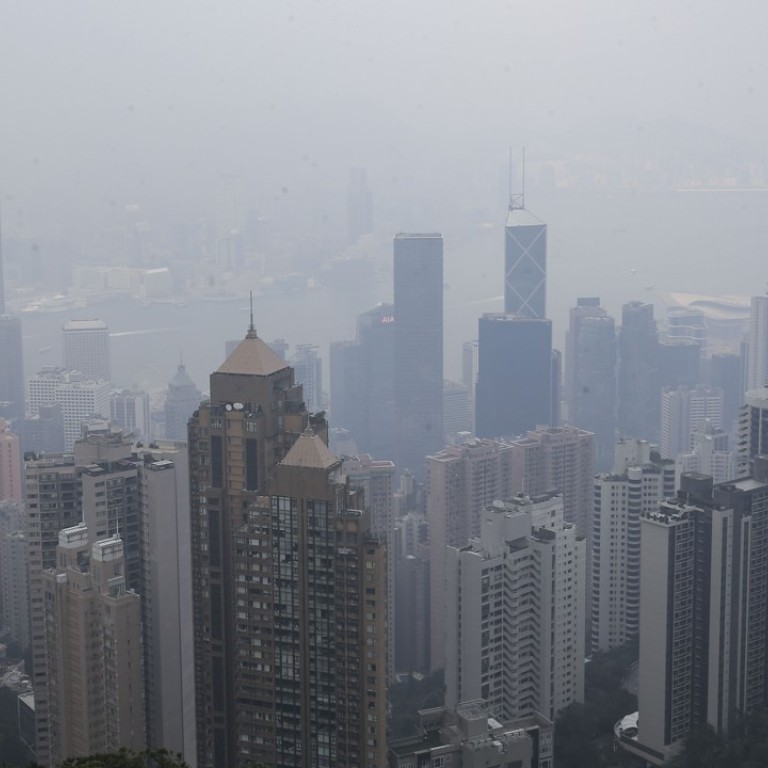
Air pollution in Hong Kong looked pretty bad, despite official index
Looking out of the window on the morning of Saturday, December 9, the neighbouring apartment blocks were shrouded in fog and the distant mountains appeared like shadows.
On Saturday, the numerical metrics associated with the Hedley and our EPD indexes were a study in contrasts. The EPD gave a rating of “5” (out of 10), which is considered moderate, while the Hedley index showed a rating of 12+ (out of 12); in other words, so bad it was off the scale.
Looking out the window again, using my subjective visual air quality judgment based on the clarity of buildings and mountains, it was abundantly clear which one of these indexes was more accurate, and it wasn’t the EPD’s.
Assuming I am correct about this, I remain puzzled why the EPD continues to use a reporting system that appears to consistently understate the level of risk associated with our air quality. A response from it to an earlier query I sent about this discrepancy explained that there are many factors that make up the EPD’s index, complicating the final rating.
The day before, Friday, the EPD forecast for Saturday was for low to moderate air quality. However, a glance at the Observatory’s weather forecast revealed that winds would be light, which means pollutants do not get dispersed. So even a non-specialist like me could predict that air quality would be poor, if not extremely poor, given that Friday’s air was already quite polluted.
I imagine parents with young children planning their Saturday activities while trusting the EPD’s air quality forecast. “Low to moderate” air quality doesn’t sound worrying.
However, any children playing outside on Saturday were putting their lungs at serious risk if we are to believe HKU’s Hedley Index.
In effect, while the EPD wrestles with its complicated metrics, the rest of us blithely breathe in dangerous air. Is it not about time that it took a serious look at its forecasts and air quality metrics to better reflect the real risks?
Paul Stapleton, Ma On Shan

